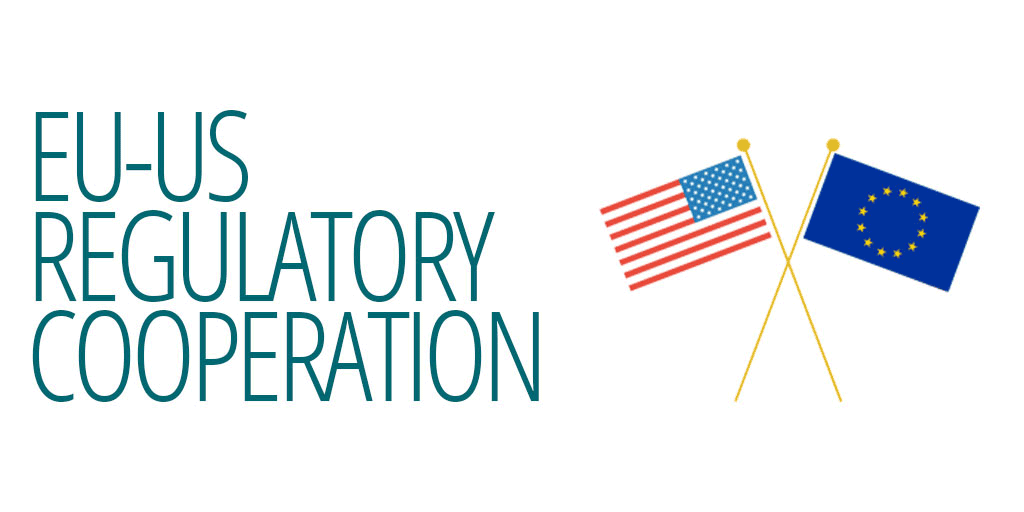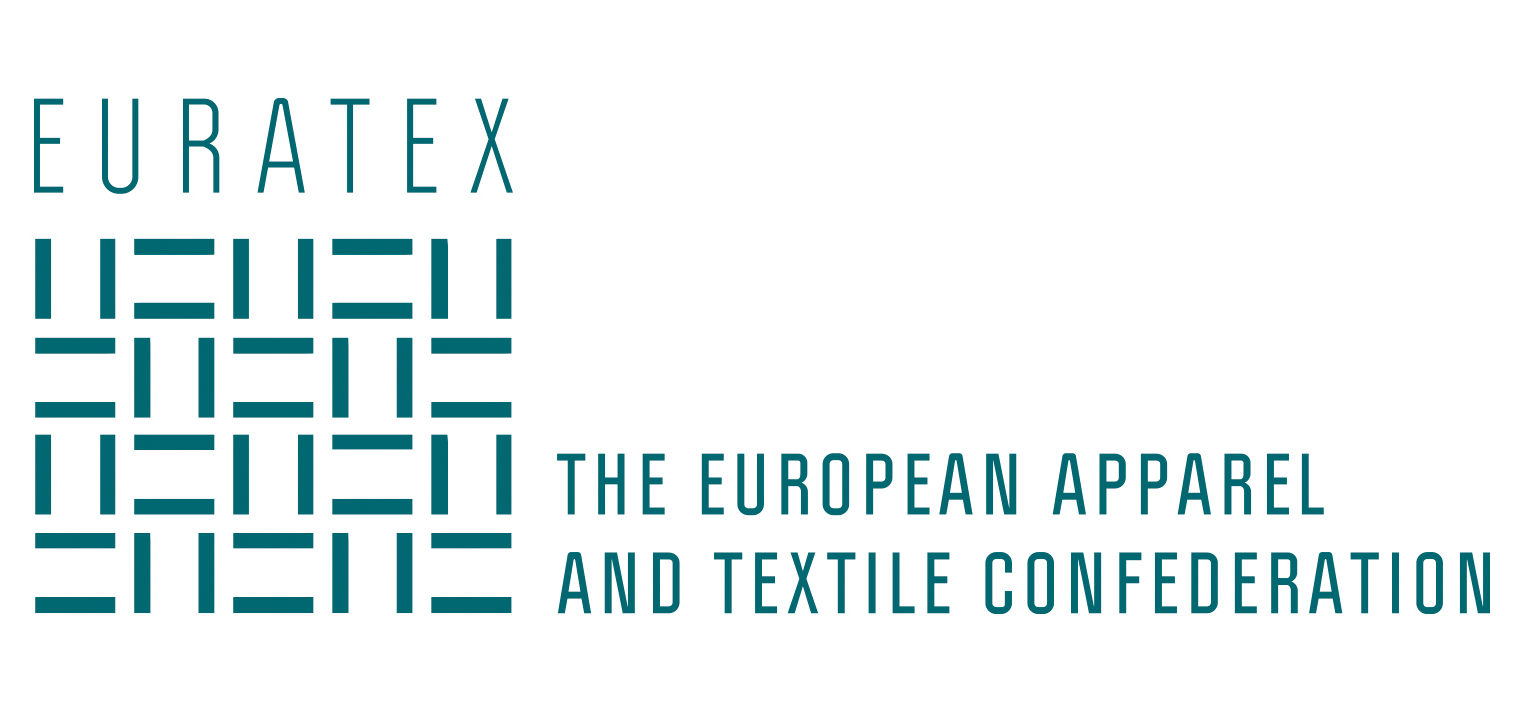
EURATEX, the European Apparel and Textile Confederation, welcomes the EU-US trade negotiations on industrial goods. EURATEX represents the entire value chain of the European Textile and Clothing sector, from yarns to ready-made garments’ producers. EURATEX’ member federations represent in the EU some 171,072 companies, mostly SMEs, with a turnover of €178 billion, employing 1.7 million workers. The EU is the world’s second biggest exporter of textiles and clothing with 22% and 25% of world sales respectively in 2018. In 2018, extra-EU exports of textile and clothing products reached €50 billion divided into almost equal parts for textile and apparel items. The US is Europe’s first customer, with exports having reached €6 billion in 2018: €2.7 billion of textiles and €3.3 billion of clothing products, which together represent more than 12% of the total of EU T&C exports. The European Textile and Clothing industry is happy to contribute to DG Trade consultation on potential areas for regulatory cooperation. EURATEX calls on the EU and US authorities to take the following inputs into due consideration.
I – Regulatory cooperation
EURATEX welcomes the EU-US trade negotiations as a good opportunity for facilitating trade to the mutual benefit of European and American companies, in particular SMEs. Both EU and US administrations should not only reduce but remove technical barriers to trade. The identification of divergent regulations should be the starting point for further and complete harmonization.
On both sides of the Atlantic, Textile & Clothing goods are sensitive products subjects to safety standards that have strict requirements to comply with before being placed on the market. It is the industry’s intention to maintain this high level of standards while eliminating unnecessary burdens that impede business.
– Labelling requirements
o Fibre names: Both the EU regulation n° 1007/2011 and the US Textile and Wool Acts require fiber names to be identified by their generic names. Both in the EU and the US, fiber names listed in the ISO 2076 standard are recognized. Applications for new fibers’ names have to be applied for at the European Commission for EU producers and at the Federal Trade Commission for US producers. Once accepted, a generic name is given in the EU and a generic name is given in the US, which is not always the same. If different, the name is then recognized by the other Party and cleared for both markets. Common texts between the EU and US administrations have been developed during the TTIP negotiations process and should now be finalised.
o Use of care symbols: Regulation on care instructions has not been harmonized in the EU. However, the ISO standard 3758:2012 is widely used by EU companies to disclose care instructions. US regulation requires that manufacturers or importers attach care labels on textile and wearing apparel. Convergence between the EU and US standards would be welcome. In this matter, standardisation and care labelling bodies should enhance cooperation to ease consumer’s life and producer/importer’s work.
o Wool labelling: The “super S scheme”, the internationally accepted measuring system to define the fiber diameter of wool, is enshrined in the IWTO CoP (International Wool Textile Organisation Code of Practice). The wool industry has decided that this nomenclature should be registered with the European (CEN) and International (ISO) standards. In the US, the Wool Rules have recently been updated to incorporate changes made to the Wool Products Labelling Act of 1939 by the “Wool suit fabric labelling fairness and international conforming standards Act”. The changes now include definitions of fine and superfine wool and of cashmere. Unfortunately, this newly enforced regulation lacks harmonization with the IWTO CoP. While Super S numbers can only be used for pure new wool in the IWTO CoP, the US Wool Rules do not prohibit the use of super S for describing wool products containing non-wool fibers and even potentially non-wool products. Such a difference undermines the Super S labelling scheme and may create confusion amongst consumers about wool product labelling. The European wool industry supports the IWTO definition and usage of the term Super S that exclude wool-blends and non-wool products and would like the US Wool Rules to follow the internationally recognised IWTO CoP nomenclature.
o Country of origin: According to the US Textile and Wool Acts, in a garment with a neck a label disclosing the country of origin must be attached to the inside center of the neck – either midway between the shoulder seams or close to another label attached to the inside center of the neck. The fiber content and manufacturer or dealer identity can appear on the front or back of the same label, or on another conspicuous and accessible label(s) on the inside or outside of the garment. The EU industry believes that these burdensome requirements are not proportional to the consumer safety objective. Therefore, EURATEX requires that placement of the label be decided on a voluntary basis.
– Customs procedures
o Simplification of procedures: European companies are requested to mention the raw material indications not only on the label but also in the invoice. Similarly, the Manufacturer Identification Code (MID-Code) has to be reported in the invoice while the name of the producer is already mentioned on the label. Therefore, companies have to adapt their invoices for the US market. Such differences should be eliminated.
o Fees: The textile and clothing industry face a number of fees for the products entering the US market (merchandise processing fee, harbor maintenance fee and cotton fee), making EU manufacturers in a competitive disadvantaged compared to the US manufacturers. These fees should be eliminated.
o Harmonized tariff schedule: The US Harmonized Tariff Schedule (using 10 digits) is a very complex system for EU manufacturers to use. To fulfil customs requirements, EU manufacturers use the services of customs brokers. This does not prevent misclassification that leads to fines, penalties and delays. Final costs for customs clearance are therefore very high for the European exporters.
o Sales of customs information: The sale of customs information is not prohibited in the US. Thus, confidential business information is not protected and sensitive information (lists of suppliers, pricing information etc.) is often sold to competitors as business intelligence information. In certain cases, the European T&C industry considers this to be “industrial espionage” and would like this concern raised with the US customs authorities in order to find a way to eliminate these unfair practices.
o Origin verification procedures: In the US the burden of proving the origin of the products lies in the hand of the importer. At request, exporter should provide the documents. EURATEX requests that a supplier’s declaration be accepted by both EU and US authorities, avoiding costly third-party testing. Finally, provisions regarding customs cooperation and sites visit should be carefully looked at since EURATEX opposes systematic control visits as foreseen in various US free trade agreements.
II- Conformity assessment
The EU Commission should promote a horizontal approach to facilitate the acceptance of certificates issued by the conformity assessment bodies of the other Party in a number of selected sectors. Administrative burdens should be addressed in order to streamline companies’ paper work and reduce unnecessary costs.
– Consumer safety
o Both sides of the Atlantic, similar standards related to children nightwear and cords & drawstrings are enforced. Considering that consumer safety objectives are the same, EURATEX supports the approximation of the test methods and mutual recognition of conformity assessment certificates.
o Similarly, EU and US flammability standards and test methods for carpets and floorcovering laminate & resilient products are very similar. The test reports issued by laboratories are not all mutually recognized in both Parties because some laboratories are accredited by ILAC, the international accreditation body, while others are on the NANDO list, the European list of notified bodies. Therefore, EURATEX asks for mutual recognition of all test reports.
o In addition, there is a huge variety of flammability standards across EU and US to ensure a high level of fire safety in personal protective equipment and other textiles as home and contract textiles (for commercial interiors: hotels, offices etc.). EURATEX calls for the approximation of these standards’ test methods.
– Silk flammability: The US flammability regulation requires products to be tested before being put on the market. It also draws a list of exemption for certain fibers, not including silk. For years, the European silk manufacturers (represented by AIUFFASS) have asked the US Consumer Product Safety Commission (CPSC) to include silk in this exemption list. The European silk industry has provided the CPSC with a long list of arguments and tests giving evidence that silk is not more flammable than other fibers (such as wool for instance) and therefore asking that silk be included in the exemption list. EURATEX considers this issue a good example of a possible EU-US trade talks achievement. The European silk producers share concerns over consumer safety and conduct tests on a voluntary basis in order not to put hazardous products on the market. They have provided sufficient evidence that conditioning of the samples when testing was not at all made according to realistic conditions of use. EURATEX supports AIUFFASS petitioning to the CPSC and urges the EU and US negotiators to agree for silk being included in the exemption list.
III – Dialogue on Standards
Given their numerous applications, increased functionalities and exponential growth, Smart Textiles are at the heart of innovation in the European textile & clothing sector.
According to EURATEX estimates based on the Allied Market Research Data, in 2015 European Smart Textiles represented EUR 250 million and it will increase to EUR 1.473 million in 2025. Specifically, about wearable devices, it is worth mentioning that the worldwide shipments of these type of products are expected to reach around 155 million units by end of 2019. This represents 96% growth over 2015 with clothing items set to increase their footprints, according to EURATEX based on Statistica Data.
EURATEX strives for a right balance between high-quality, strong European standards and the industry’s needs. Continuous Smart Textiles standardisation activities are ongoing both sides of the Atlantic and EURATEX believes it is worth exploring synergies between the EU and US in this field.
